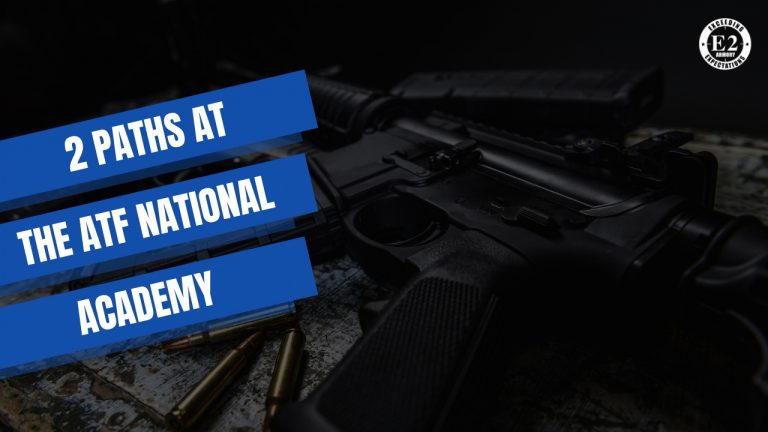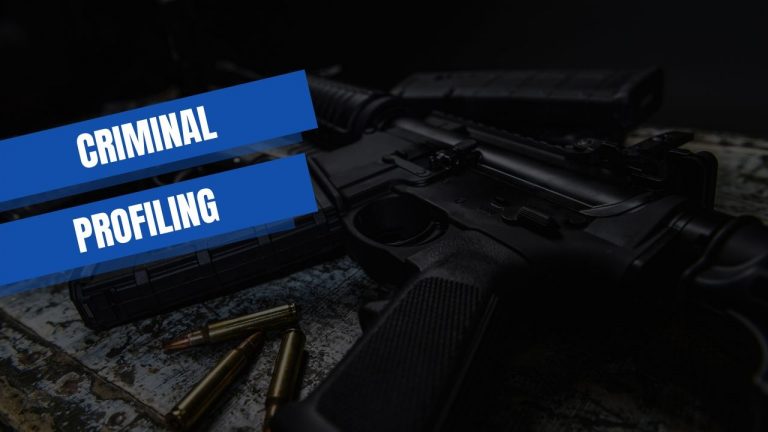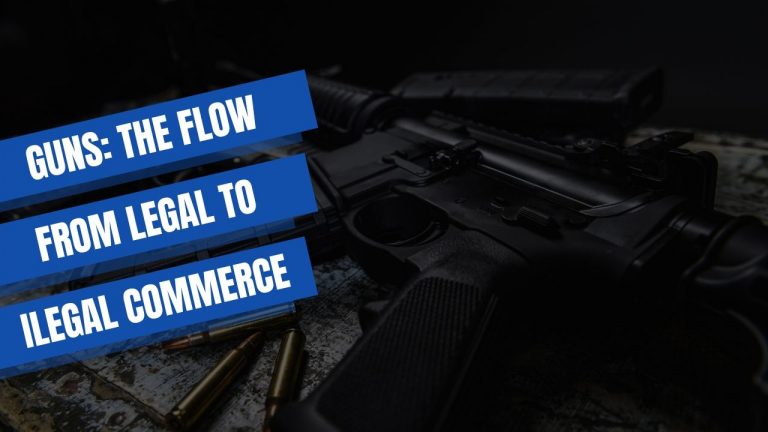The History of the AR15
The AR15. America’s Rifle. By most industry metrics, which are for good reason vague at best, there are 25 million or more AR15-style rifles possessed by free citizens in the United States, including many built from components that were manufactured right here at E2 Armory. Ergonomic, easy to learn, and even easier to shoot, this versatile rifle platform has truly become the hallmark of the armed American citizen. With its sleek dark looks and ergonomics, many AR15s look as if they (to borrow a phrase) were imported from the future. However, the AR15 platform, as of this writing, is actually over sixty years old. To understand the history of the AR15, one must go back to the heady period of American manufacturing right after World War II…
The AR-15 Was Born Of Urgency
Though nowadays the designation AR-15 refers to a semi-automatic rifle usually chambered in 5.56x45mm, the designation was originally created by Armalite to denote the 15th weapon they had designed. Thus, AR-15 stands for “Armalite Rifle, Model 15”.
Established in 1954 by Fairchild in Hollywood, California, Armalite was founded to develop weapons built from lightweight plastics and advanced metals. Up until the AR-15, their firearms enjoyed limited sales at best.
Enter Vietnam. Though popular culture associates the Vietnam War with the 1960s, American forces were on the ground as early as 1955, in an “advisory” capacity for the South Vietnamese military. In the harsh jungle environment, the then-new M14, chambered in 7.62x51mm, was already experiencing operational issues.
Though it fired a .30 caliber round, the M14 was difficult to control, especially in full-auto, and its wooden stock did not fare well in the humid environs of Vietnam. Conversely, the North Vietnamese were equipped with the then-new AK-47, which had a faster cyclic rate, a larger magazine, and was comparatively robust and lightweight.
Thus, the military issued a requirement for something better. The new weapon had to meet certain requirements:
- Lightweight
- Select-fire
- Chambered in a lighter caliber so a soldier could carry more ammunition
- Larger magazine than the M14
- Able to defeat a standard M1 helmet at 500 meters
Ironically, even though the military requirement implied a sense of urgency, it took many years before the services made their choice.
The AR15 becomes the M16
As is the norm with government, things move slowly, and political favors muck up the works. Armalite, with their new head designer Eugene Stoner, had produced a winner. The AR-15 met the specifications, and soldiers who tested it loved it. Lightweight, with an inline stock and negligible recoil, the AR-15 was praised as the rifle of the future. With the smaller .223 Remington cartridge, soldiers could also carry more ammunition. Plus, since production was largely machine-based, the AR-15 with its split upper and lower receiver design could be produced faster and cheaper.
Political concerns of course stalled the project. Despite the Air Force falling in love with the AR-15 (by then designated the M16 for military use) and ordering 8000 of them in 1960, force-wide adoption of the rifle was being held up by General Maxwell Taylor, an ardent M14 supporter and part of President Kennedy’s staff. Soon, an investigation was launched, and it was discovered that M14 performance tests were being rigged to make the Armalite offering appear inferior. Upon the release of this data, the Army finally adopted the M16 and placed their first mass order.
Armalite In Dire Straits - Enter Colt
Unfortunately, the politicking had taken a toll on Armalite. Their financial problems were so severe that they could not produce or test the AR15 for the military. Desperate to save the company, they sold the design to Colt in 1959, who was in a position to fulfill the military’s orders. Two years later, Eugene Stoner himself joined Colt as a consultant, to see his creation mature.
And mature it did. After some minor tweaks, the M16 was issued as the “universal” infantry weapon for all of the US Armed Forces. Most notably, the Air Force adopted the M16 “as-is” without the forward assist, and in a move just to get the sale, Stoner and Colt added a forward assist to the ar15 upper receiver to keep the Army happy. The Army felt that not being able to easily access a jammed bolt carrier group was a liability, despite Stoner insisting it wasn’t. Thus, the forward assist was added to the rifle.
In Air Force service, the M16 was designated simply “M16”, whereas M16s with a forward assist for other services were designated XM16E1 or M16A1. This represented the first variants of the AR-15 platform and did showcase its modularity and customizability.
Like any first-generation product, there were “teething issues”, to put it mildly. The M16 was radically different compared to what soldiers were used to up till that point. No wood furniture, no heavy recoil, the space-age M16 took a bit of getting used to. Sadly, the most significant changes to operating procedures and the rifle itself came as a result of failures in Vietnam. Initial copies of the M16 jammed in the humid environment of Southeast Asia, but this was quickly remedied by ensuring every issued M16 was of the A1 variant, with a forward assist and chrome-plated chamber, to resist carbon fouling.
In addition, the training regimens were simplified, since tragically some soldiers were killed trying to effect field remedies to their weapons. The M16 in its A1 variant rapidly found a home with the armed forces of the United States. Ergonomic, lightweight, and with an almost negligible recoil, the M16A1 was finally proving its mettle on the battlefield.
Soon after, Colt set its sights on the biggest market for firearms – the patriotic American citizen…
Part 2. Coming Soon.








